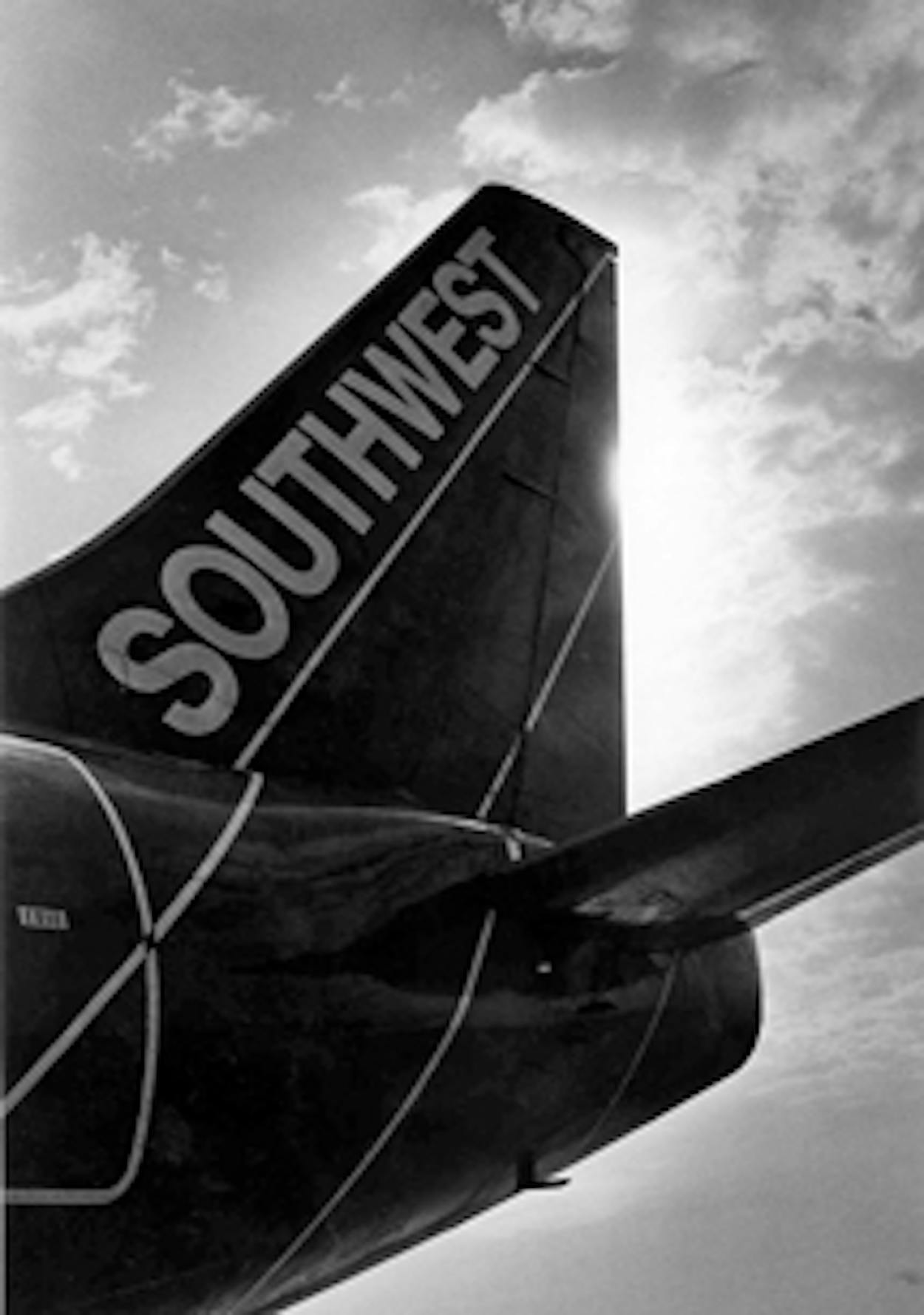I hate flying. I don’t mean that I’m a legitimate, doctor-approved aerophobe who munches Xanax like candy and lunges for the barf bag at the first sign of turbulence. I just dislike the minor ordeal of air travel—the security lines, the required partial disrobing and unpacking, the “huddled masses” feeling of the crowd shuffling down the ramp and into the cabin, the cramped quarters and yowling babies, the small talk and recycled air, the vague sense of dislocation when you finally arrive on the other end in a giant parking lot. I’m not ungrateful. It’s not lost on me that the whole time I’m shifting uncomfortably in my seat, rationing my twenty peanuts, I’m 30,000 feet in the sky, hurtling at 500 miles an hour toward my destination, miraculously completing in a matter of hours a trip that might otherwise take days. But I don’t enjoy a minute of it.
Ordinarily, I would keep this grousing to myself, except that in the past ten years the feeling has become widespread. Flying has become so detestable that hating it is one of the few things that brings this divided country together. At some point (seems to me it was about five years ago, after Christmas), a confluence of irritations—increased security, increased delays, increased ticket costs and fees—caused the whole experience to reach a tipping point, and now, with the possible exception of the folks in first class, everyone hates flying.
How bad is it? A few days before we went to press, Congress passed a series of proposed airline regulations known as the Airline Passenger Bill of Rights, a grim petition if ever there was one. (As one leading advocate described some of the gains, “Extensive tarmac delays are prohibited. . . . Food, water, and medical treatment must always be available.”) Meanwhile, American Airlines—which, until last November, was the only one of the Big Four to have avoided Chapter 11—continued its unhappy slog through bankruptcy court; just days before the Passenger Bill of Rights was passed, the Fort Worth–based carrier announced plans to cut around 16 percent of its workforce, some 12,000 to 14,000 employees.
The connection between these two events is unambiguous: running an airline has become an intensely difficult business, which has led to a precipitous decline in customer service.
Last year, after American Airlines announced its bankruptcy, we began to think about a way to tell this story. But rather than focus on the woes of American or the high-stakes merger between Houston-based Continental and United (the subject of an engrossing recent Bloomberg Businessweek cover story by Drake Bennett), we decided to profile that other Texas airline, Southwest, which just happens to be the only major carrier to have survived intact, and even thrived, during the hellish decade following 9/11.
How Southwest managed to do this is the subject of senior editor S. C. Gwynne’s fascinating article, “Luv and War at 30,000 Feet” (page 124). Sam takes you deep inside the commercial airline business (fuel hedging, anyone?) and explains how this scrappy, iconic Texas company was able to buck the trend and find a way to grow while everyone else was contracting. Along the way, he also helps you understand the link between what happens in the boardroom and what happens in the terminal.
One final note: this story is especially sweet for us because it marks Sam’s return to the magazine after a brief hiatus working for the Dallas Morning News and publishing a magnificent book about Quanah Parker that was a finalist for the Pulitzer Prize. Prior to that, as most of you probably know, Sam had been a longtime writer for TEXAS MONTHLY, beloved by readers for, among other things, his ability to craft these exact kinds of deeply reported institutional profiles that connect corporate management to the real world. Sam has previously delved into the diversified agriculture company known as the King Ranch and the sports-industrial complex known as the University of Texas athletics department. Now he’s penetrated the wild, wacky, and tenacious world of Southwest. We could not be happier to have him back.
Next Month
Forty years of outlaw country, the improbable rise of a teenage fashion blogger, how the drought will affect Texas farmers, the quixotic campaign of Craig James, and the greatest (and weirdest) bluebonnet photos you’ve ever seen.







